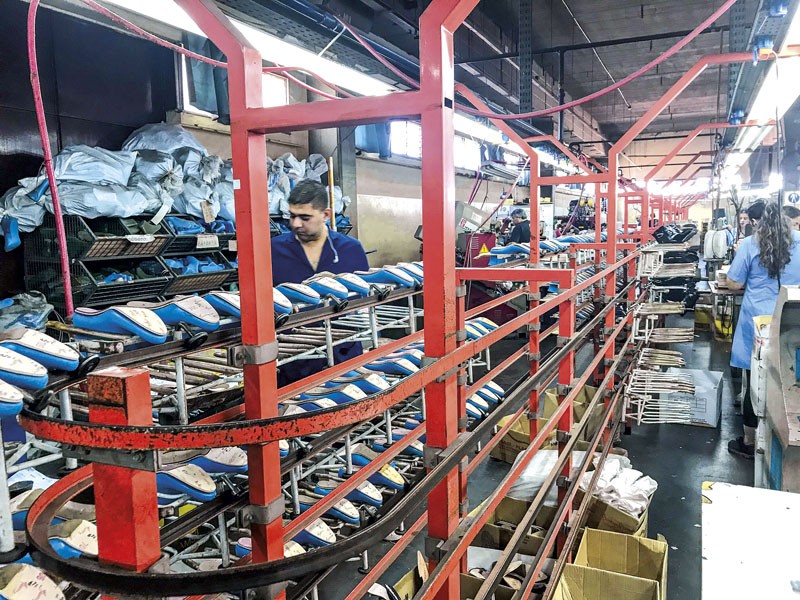The crisis affecting the entire Argentine footwear sector stems from an unprecedented political and economic situation, which has led to historically low per capita consumption. As a result, and due to the loss of purchasing power, families are prioritizing their expenses, favoring categories like food over others such as footwear.
Within the current government's plans, which include advancing reforms of the State and creating a new order for the private sector, the measures have generated a climate of uncertainty and growing social dissatisfaction, with unpredictable consequences.
Production and consumption indices for footwear continue to decline, as evidenced by the latest figures from July 2024 compiled by the Argentine Confederation of Medium-Sized Enterprises -CAME-, an entity specialized in measurements and a benchmark in the market.
Retail Sales:
- Retail sales for small and medium-sized enterprises fell by 15.7% annually in July at constant prices, marking a cumulative decline of 17% in the first seven months of the year.
- The primary issue faced by retail businesses in July was poor sales, followed by high production costs. Companies are advocating for reduced national, provincial, and municipal taxes to restore profitability to the sector.
- Sectors experiencing the steepest declines in July were Perfumery (-32.6%) and Pharmacy (-26.4% year-on-year). Footwear sales declined by -8.8%, with textiles and apparel being the least affected at -3.8% year-on-year.
- The -8.8% annual decline in footwear sales translates to an -11.6% drop year-to-date compared to the same period in 2023.
- In the FOOTWEAR sector, the most affected products are luxury shoes, high-end items, exclusive designs, and fashion footwear. Purchases are now focused on more practical and necessary items, such as school shoes, work shoes, and basic sports footwear -sneakers-.
- The financing plans are inadequate, and people are unwilling to go into debt if installments include interest.
Production in Factories:
Based on various inquiries with manufacturing establishments and sector entities, here are some key insights into production activities:
- The footwear industry in Argentina employs approximately 20,000 people directly, spread across just over 1,000 production units. This workforce has been weakened due to ongoing layoffs and suspensions, with many factories operating only a few days a week and during limited hours.
- The significant drop in productivity is attributed to reduced orders from the commercial sector, stemming from a sharp decline in consumer demand. Industrial facilities report an average 45% reduction in manufacturing activity in the first half of 2024 compared to the same period in 2023.
- According to UTICRA, the union representing footwear workers, 1,500 layoffs occurred nationwide during the first half of 2024.
- Concerns are mounting within the sector due to recent government measures that facilitate imports by eliminating the red channel, labeling requirements, and other customs entry conditions for footwear.


